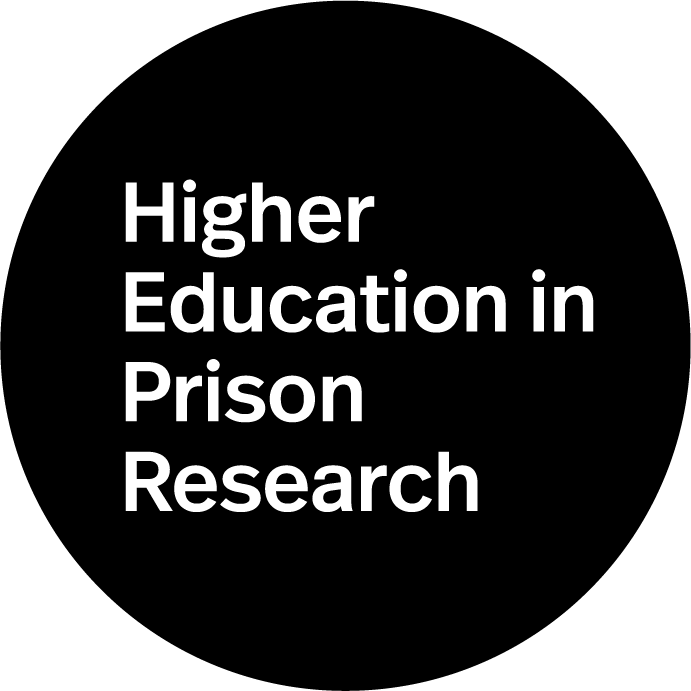Four and a half years ago, I walked into a maximum-security prison for the first time and observed a group of incarcerated students discussing the impact of college-level course work on their lives and those of their families. Having served as a college president and as a program officer at a national foundation, I had heard my fair share of eloquent and persuasive students speak about the value of their educational experiences. But the level of the incarcerated students’ personal engagement and self-awareness, the analytic rigor and intellectual precision of their arguments, and their appreciation of the educational experience and its promise was transcendent.
As the nation prepares for the restoration of Pell Grants to incarcerated learners, Ithaka S+R’s working discussion paper raises a fundamental question: How prepared are we—as academic leaders, education providers, correctional officials, researchers, funders, elected representatives, and citizens—to deliver on that promise and turn this long-awaited opportunity into a seamless, scalable, and sustainable structure that makes higher education in prison (HEP) an integral part of a more just society? The question impels us to differentiate the near universal support for HEP’s aspirational, life-changing commitment to restore equality, human dignity, and fairness to the lives of incarcerated people from the equally urgent but seemingly prosaic need to build a systematic research infrastructure that will sustain the maturation of this evolving field.
From its earliest beginnings, American higher education’s unplanned, decentralized, autonomous system has equated a college education as a private good that passes on social privilege and advantage. Such a model is incompatible with the values, structural needs, and evidence-based decision-making needed to sustain an equitable and rigorous educational experience for the nation’s incarcerated students. By astutely unpacking the necessary conditions for an HEP coordinated research infrastructure and linking its existence to a sustainable HEP future, Ithaka S+R’s paper reminds us that systematically collected data about finances, enrollment, graduation rates, student demographics and outcomes are indispensable metrics. They represent the collective, longitudinal, student-centric experiences of a field that has always viewed higher education as serving a public good. HEP needs national communities of practice that link curriculum, program development, institutional research, and evaluation.
